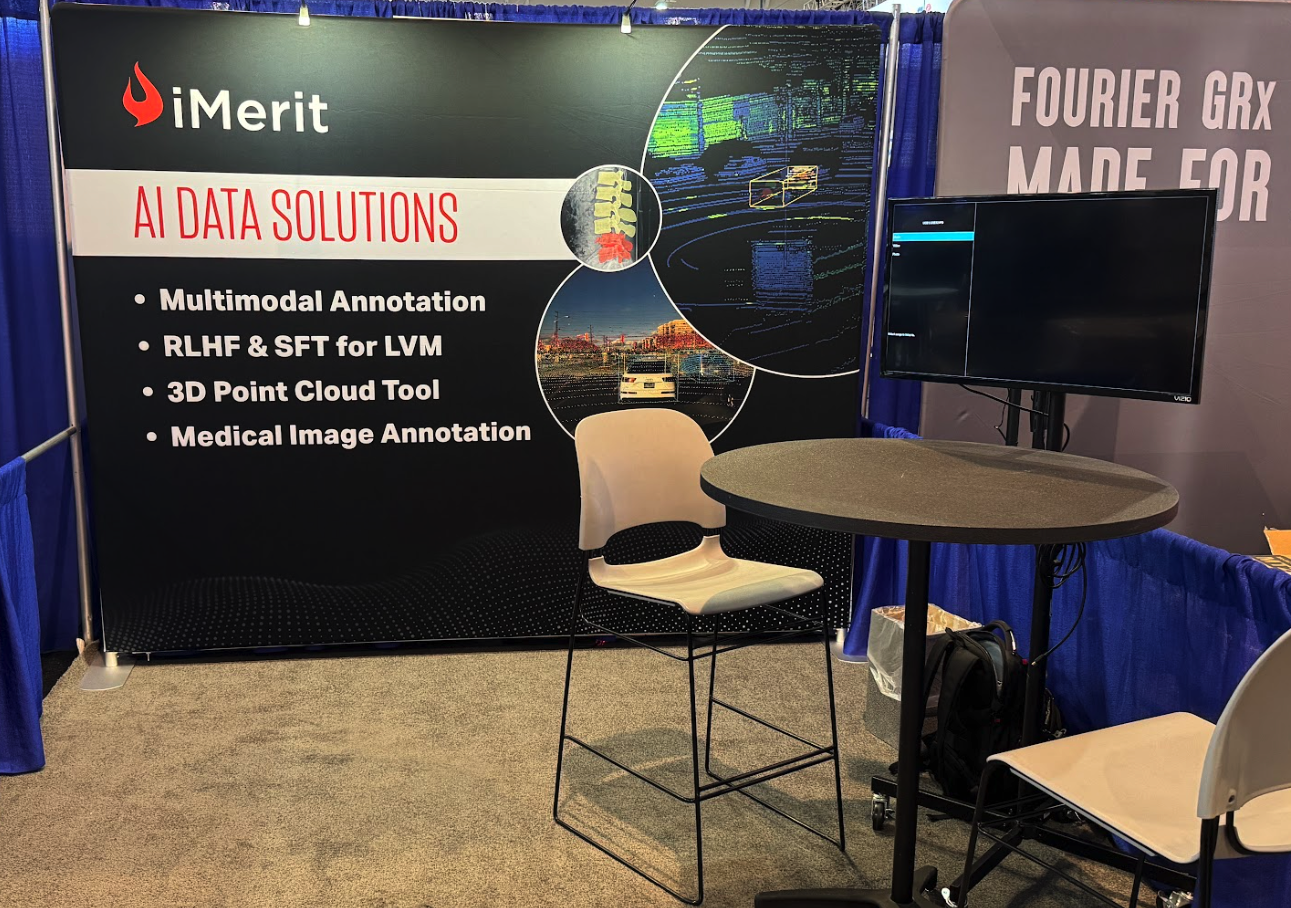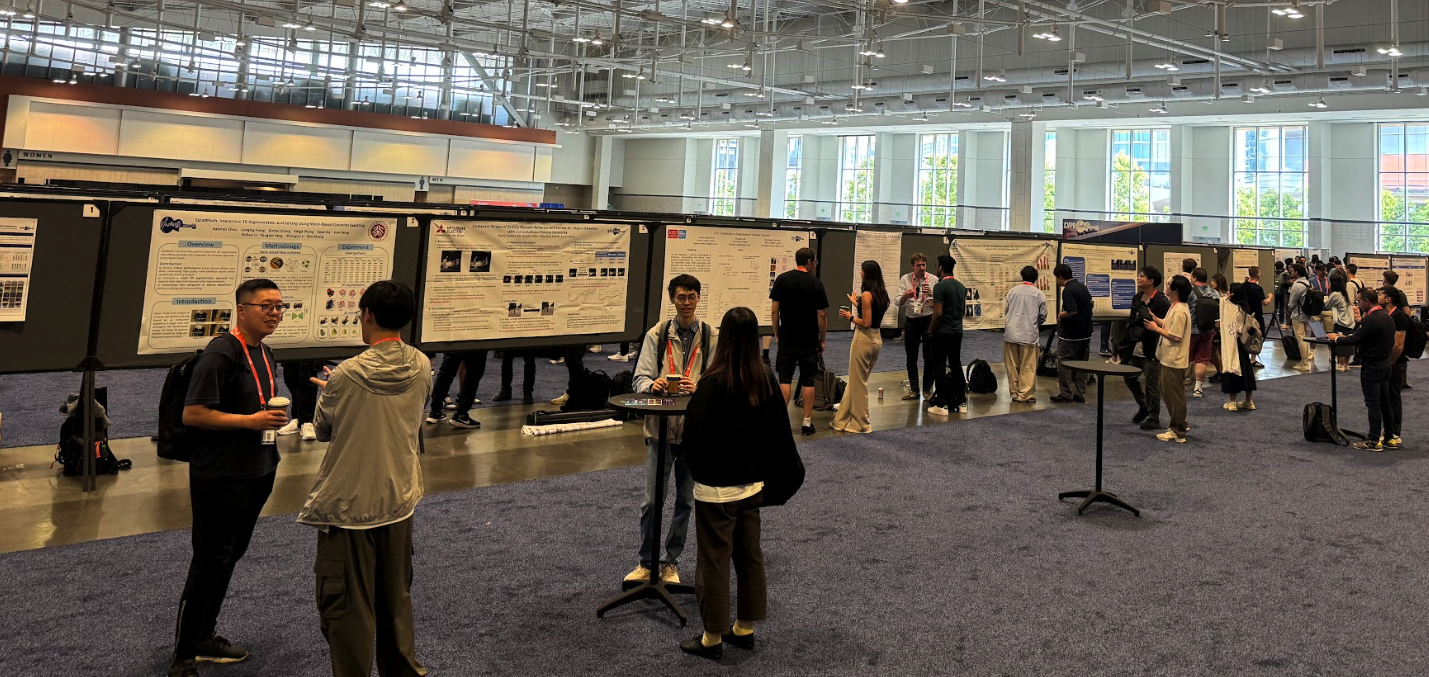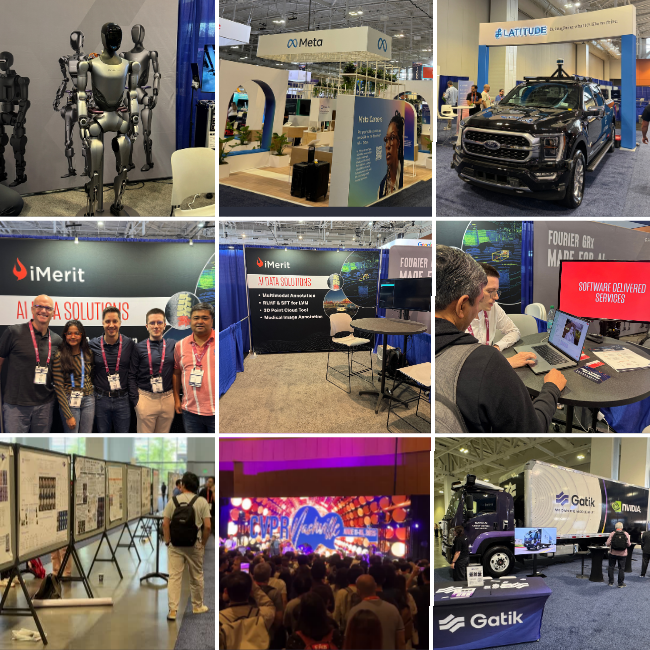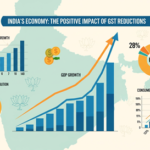This year’s CVPR made one thing crystal clear: the future of AI hinges on data, not just better models. From robotics to healthcare to foundational models, nearly every session and discussion circled back to the same message: data diversity, quality, and real-world applicability are the most pressing priorities for building impactful AI systems.
Data as the Bottleneck and the New Frontier
At CVPR 2025, data was universally recognized as both the limiting factor and the next innovation space in AI development. The most common refrain? “Models are important, but without the right data, they go nowhere.”
Across use cases, these three characteristics surfaced repeatedly as essential:
- Diversity: Capturing edge cases and real-world complexity
- Quality: Precision, accuracy, and human-in-the-loop verification
- Quantity: At scale, but never at the cost of quality or diversity
Data annotation remains a core need, but equally in demand are data collection and dataset creation, especially for new domains like robotics, autonomous vehicles, and medical imaging.
Synthetic and Simulated Data: Complement, Not Replacement
Sessions from NVIDIA and Waymo explored how generative AI and simulation are shaping dataset generation:
- Waymo noted that synthetic data from generative models still struggles with generalizability, as these models replicate what’s already in training sets.
- Simulation is gaining traction in autonomous vehicles, enabling controlled recreations of rare edge cases. However, simulated data is “pre-annotated” and may not always capture real-world nuance.
- NVIDIA described a shift from static pretraining to interactive, diverse data collection; a signal that the next phase of AI training may rely less on models and more on dynamic, curated data.
Human-in-the-Loop Still Leads on Edge Cases
In AV, perception systems can now confidently identify common elements like cars or traffic lights. But the industry’s next challenge lies in annotating the long tail of edge cases—scenarios with low occurrence but high risk. Here, human-in-the-loop annotation still outperforms automation, particularly where contextual judgment or ambiguity is involved.
Medical AI: A Growing Area of Focus and Innovation
Healthcare and medical imaging were front and center at CVPR 2025. Many attendees engaged with iMerit’s dual offering of software + services, especially its capabilities for:
- On-premise or private cloud deployment (a growing enterprise demand)
- Plugin-powered workflows and customizable tooling
- Secure, scalable solutions for regulated, high-stakes environments
The reassurance that iMerit uses Ango Hub, a secure annotation platform, internally resonated strongly with medical AI teams, especially those working at scale and under strict compliance requirements.
What’s Trending in Research and Product
Vision Transformers emerged as a top R&D focus area, while conversations around data mesh hinted at increasing enterprise needs for decentralized data infrastructure.
A standout quote from NVIDIA:
“Video is the chain of thought of the physical world.”
This, along with Tesla’s camera-first approach, signals growing interest in video data annotation, even without 3D components.

Spotlight Sessions for AI Practitioners
Bioarchaeology Meets AI: Imaging the Past to Understand the Present
Speaker: Dr. Katherine D. Van Schaik
- Skeletal remains from ancient populations offer insights into aging, trauma, and lifestyle-related health patterns.
- AI is being used to estimate age-at-death via skeletal imaging and convolutional networks.
- Key finding: Adolescent activity impacts lifelong bone health more than diet.
GenAI in Medical Imaging: Privacy, Diffusion, and Verification
Speaker: Vishal Patel, Johns Hopkins
- Despite GenAI’s promise, synthetic data in healthcare raises verification and privacy concerns.
- Solutions include federated learning, conditional diffusion models, and localized systems for secure training.
- Patel emphasized the need to validate that synthetic outputs don’t replicate real patient data.
The Future of Foundation Models: Simulation and World Modeling
Speaker: Ani Kembhavi, Wayve AI
- Foundation models are evolving beyond static pretraining into simulation-based training environments.
- These “world models” could drive the next generation of generalist AI systems.
Visual Grounding in 3D: Beyond Object Recognition
Speaker: Angel Xuan Chang, Simon Fraser University
- Current research is expanding beyond objects into fine-grained spatial reasoning and open-world grounding.
- Limitations remain in connecting language models with true 3D understanding.
- Unified multi-task models and larger 3D-text datasets are key focus areas.

Final Takeaways: What It All Means
CVPR 2025 made it clear: data is the defining asset of the AI era. Teams building the next wave of intelligent systems aren’t just asking for better models—they’re looking for partners who can:
- Generate diverse, domain-specific datasets
- Annotate complex edge cases accurately
- Enable scalable, hybrid workflows powered by both AI and human expertise
Looking for a partner to power your next AI breakthrough?
Explore how Ango Hub, iMerit’s secure and flexible annotation platform, supports data collection, multi-modal labeling, and enterprise-grade deployment from cloud to on-prem.


























